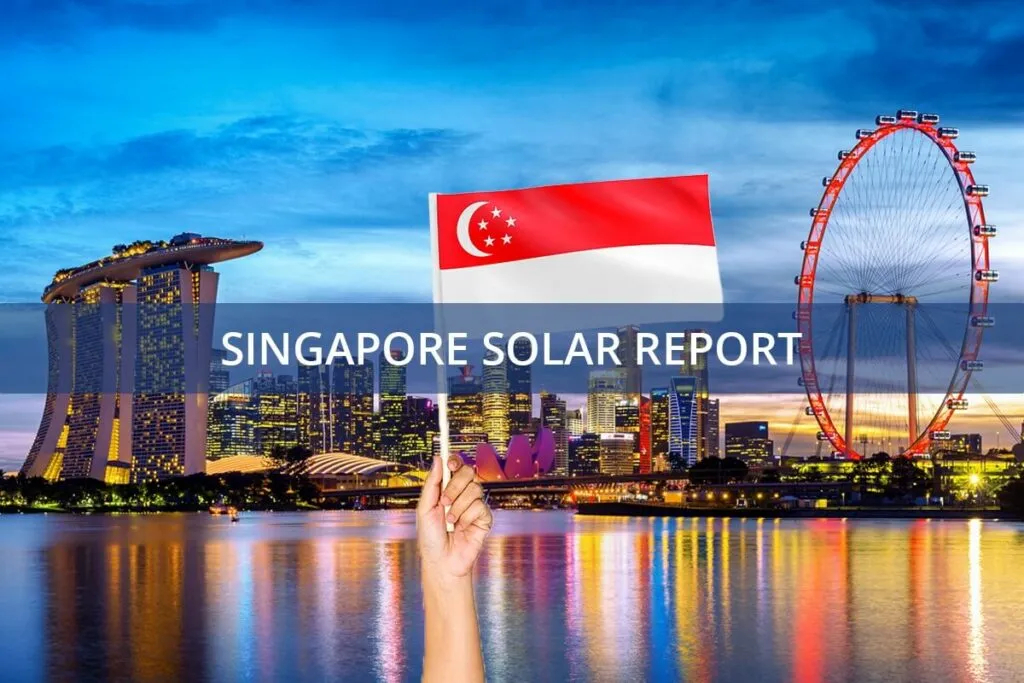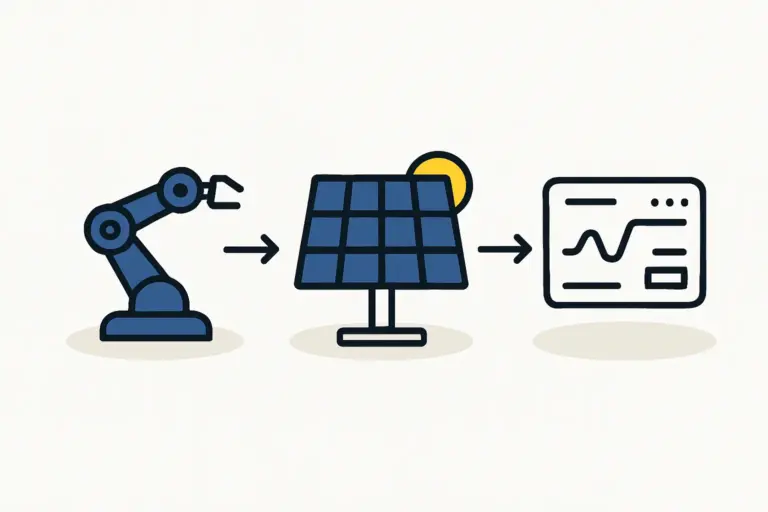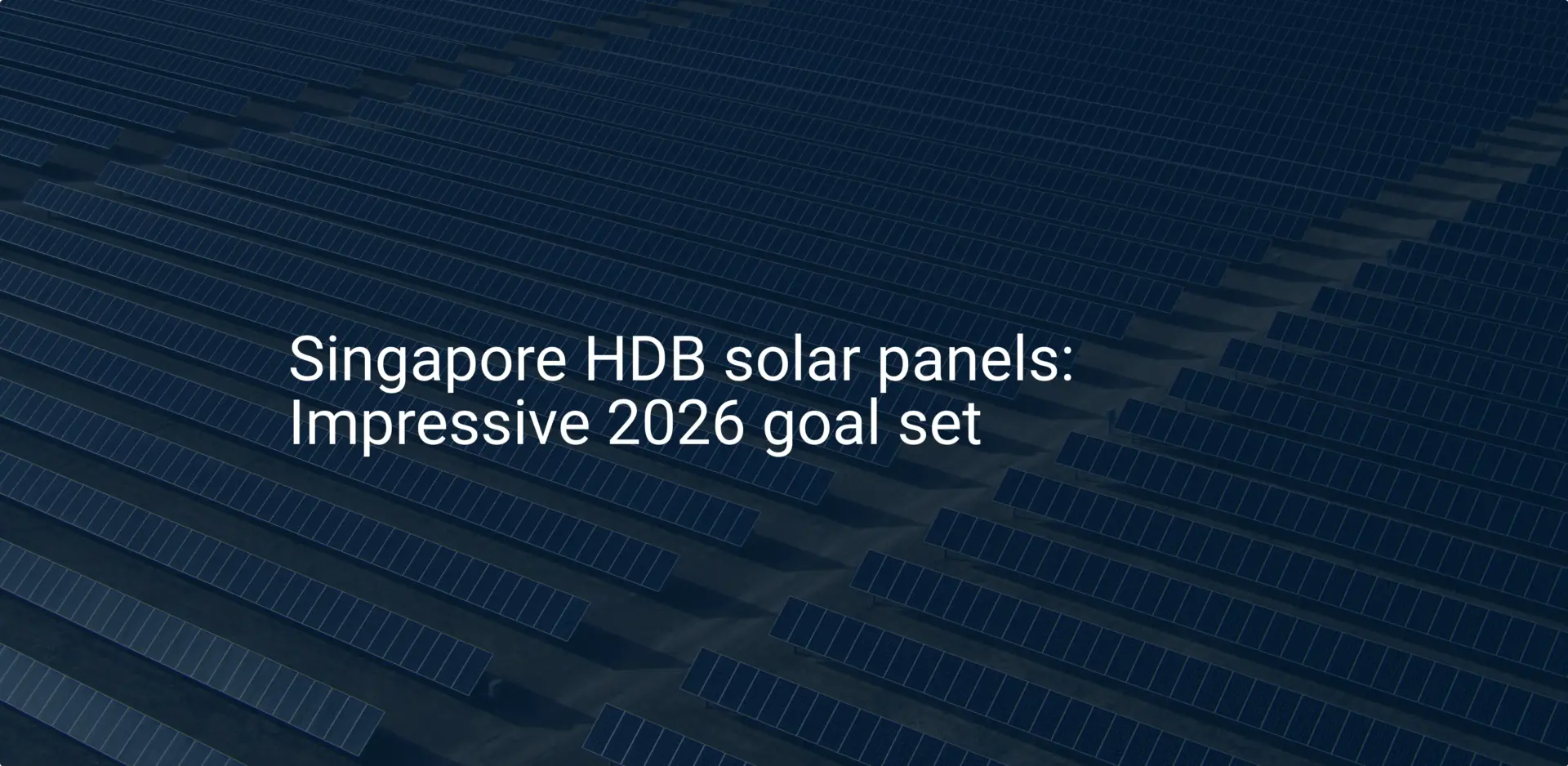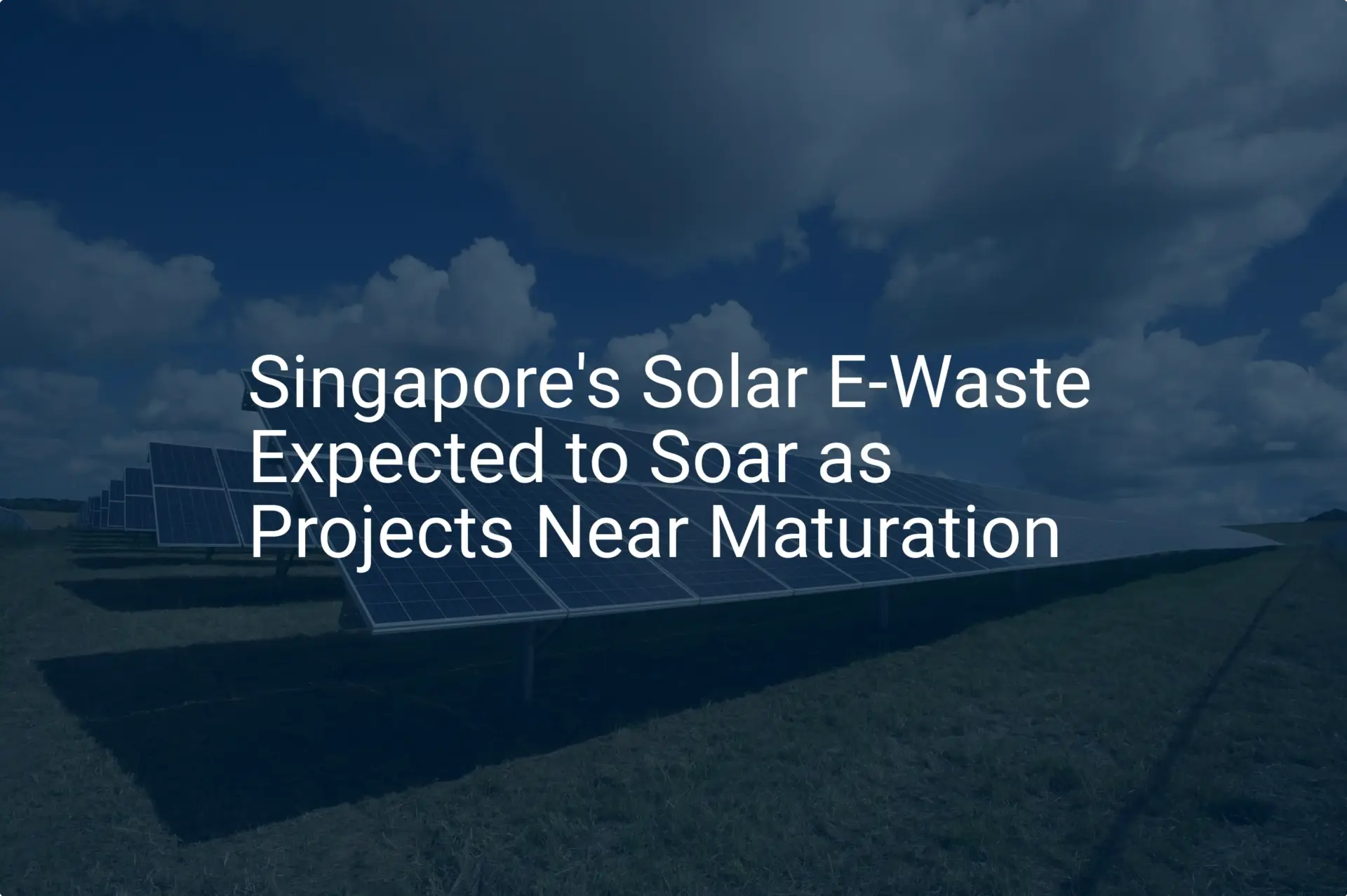Many entrepreneurs entering the solar manufacturing sector focus intensely on production technology, machinery, and financing. While these elements are critical, the logistical framework supporting the factory is often underestimated.
A state-of-the-art production line loses its edge when hampered by a slow, unreliable, or expensive supply chain. That’s why the physical location of a manufacturing facility is one of the most fundamental strategic decisions an investor will make.
A world-class logistics hub like Singapore provides a powerful foundation for a solar module manufacturing supply chain, offering tangible benefits through its port infrastructure, Free Trade Zones, and strategic location. These advantages are crucial for businesses importing raw materials and exporting finished solar panels to the ASEAN region and beyond.
Why Location is a Cornerstone of Manufacturing Success
In solar module manufacturing, success hinges on the efficient movement of goods. A typical factory must manage an inbound flow of diverse raw materials—from glass and aluminum frames to solar cells and junction boxes—often sourced from multiple countries. At the same time, it must coordinate the outbound flow of finished, fragile solar modules to customers across the region.
Any friction in this process, such as port congestion, customs delays, or poor transport links, translates directly into higher costs and longer lead times. A strategic location mitigates these risks, turning the supply chain from a potential liability into a competitive advantage.
Analyzing Singapore’s Logistical Advantages for Solar Manufacturing
Singapore has deliberately engineered itself to be a global nexus for trade and logistics. For a solar manufacturer, this ecosystem offers several advantages that directly impact operational efficiency and profitability.
A Global Nexus: The Port of Singapore
The scale of Singapore’s maritime infrastructure is difficult to overstate. As the world’s second-busiest container port, handling over 37 million twenty-foot equivalent units (TEUs) annually, it is a critical node in global trade.
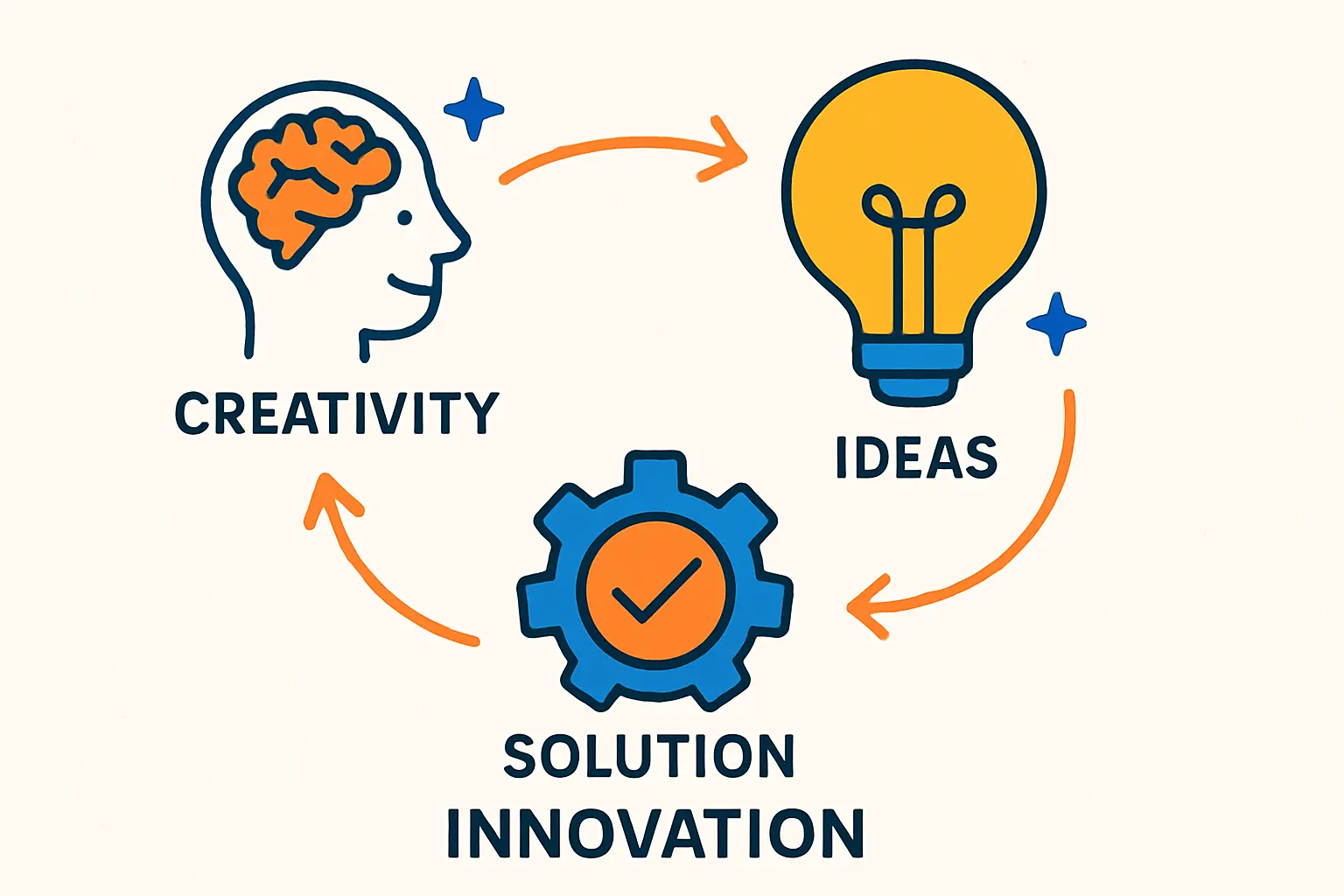
For a solar module business, this translates to unparalleled connectivity. The port connects to over 600 other ports in 120 countries, making it an ideal location for consolidating raw materials from various international suppliers. A manufacturer can source EVA film from one country, solar cells from another, and backsheets from a third, confident that these materials will arrive reliably and be processed efficiently through a single hub. This connectivity drastically simplifies securing a reliable supply of raw materials.
The Role of Free Trade Zones (FTZs) in Cost Management
One of Singapore’s most powerful logistical tools for manufacturers is its network of Free Trade Zones (FTZs). An FTZ is a designated area within the country that is considered outside its customs territory.
This creates a highly favorable environment for an export-oriented business. Raw materials for solar module production can be imported into an FTZ without incurring Goods and Services Tax (GST) or customs duties. Once inside the zone, these materials are used for manufacturing, and the finished solar modules are exported directly. Duties and taxes are typically levied only if the finished goods enter the domestic Singaporean market.
This model allows a manufacturer to significantly improve cash flow, as capital is not tied up in tax payments for goods that are ultimately destined for export.
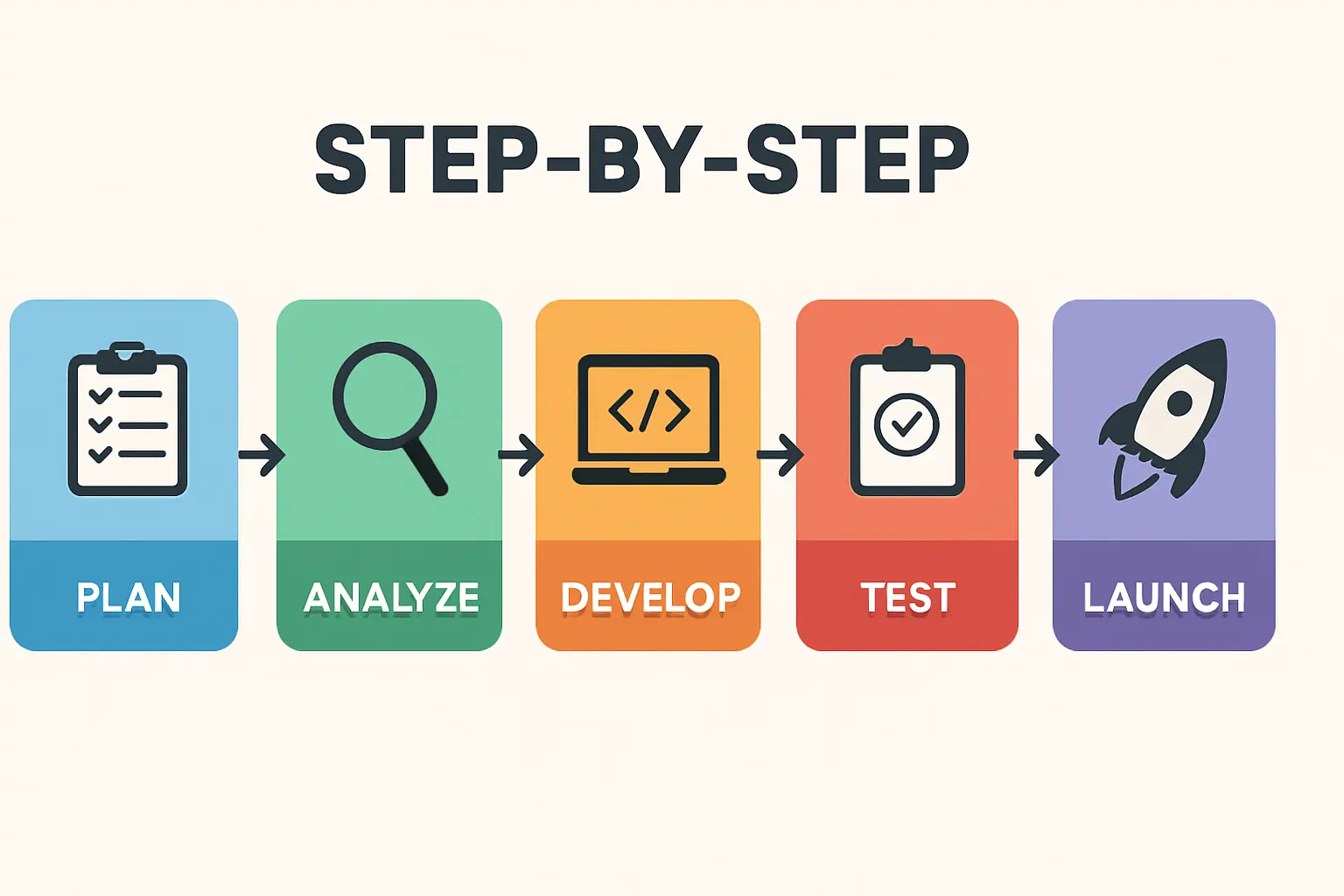
For an entrepreneur looking to serve these high-growth regions, establishing a manufacturing base in Singapore effectively builds a distribution hub into the factory’s foundation.
De-risking the Supply Chain
Experience from J.v.G. Technology GmbH’s global projects shows that supply chain disruptions are among the most common and costly challenges for new manufacturers. Political instability, port strikes, or bureaucratic hurdles in other regions can halt production unexpectedly. Singapore’s stable political environment, strong rule of law, and predictable customs procedures provide an invaluable level of operational certainty for long-term business planning.
Before capitalizing on these logistical benefits, however, an investor must first understand the fundamental requirements for setting up a solar module factory. A comprehensive plan that integrates production with logistics is the key to a successful venture.
Frequently Asked Questions (FAQ)
What is a TEU?
TEU stands for ‘Twenty-foot Equivalent Unit.’ It is a standard unit of measurement for shipping containers. A standard 40-foot container, for example, is equivalent to two TEUs. The term is used to measure a port’s cargo handling capacity.
How does a Free Trade Zone (FTZ) work for manufacturing?
In an FTZ, a company can import raw materials, manufacture them into finished products, and export those products without paying the customs duties and taxes that would normally apply. This is particularly beneficial for businesses that primarily serve export markets.
Is a Singapore-based strategy only for large-scale manufacturers?
No. While large manufacturers certainly benefit, the efficiencies of Singapore’s logistics ecosystem can also be advantageous for small to medium-sized enterprises (SMEs). The ability to consolidate smaller shipments (Less than Container Load, or LCL) and the streamlined customs processes benefit businesses of all sizes.
What are the main raw materials that would be imported for a solar module factory?
Key imported materials include solar cells, tempered glass, aluminum frames, ethylene vinyl acetate (EVA) encapsulant, polymer backsheets, and junction boxes with cables and connectors.
Conclusion and Next Steps
The decision of where to establish a solar module factory extends far beyond the four walls of the building. Selecting a location like Singapore, with its robust and efficient logistical infrastructure, allows an entrepreneur to build a resilient supply chain that supports growth, manages costs, and mitigates risk. This strategic approach transforms logistics from a mere operational task into a powerful driver of long-term business success.
For those in the early stages of planning, understanding the interplay between production, supply chain, and market access is the first step toward developing a viable and profitable solar manufacturing enterprise.

